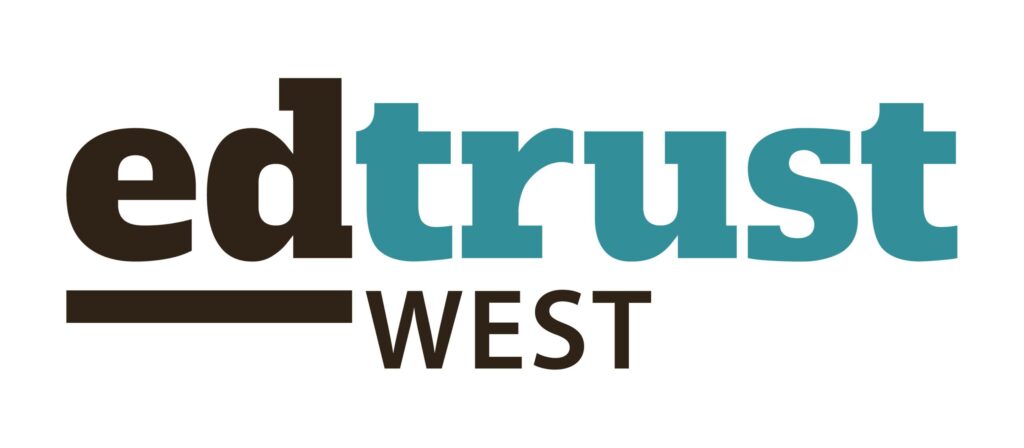OAKLAND, CA (October 25, 2012) – As the debate over school funding and weighted student formula continues to heat up in California and around the nation, The EdTrust—West releases its latest report, Tipping the Scale Towards Equity: Making Weighted Student Formula Work for California’s Highest-Need Students. Using new data submitted by school districts to the Office of Civil Rights (OCR) at the U.S. Department of Education, this report reveals disturbing school funding inequities and inconsistencies in California’s twenty largest school districts.
“California’s education funding system is fundamentally unfair,” said Arun Ramanathan, Executive Director of The EdTrust—West, a statewide education policy, research, and advocacy organization that works to close the gaps in opportunity and achievement for students of color and students in poverty. “As a state, we fail to adequately fund our schools. We fail to fund school districts based on the needs of their students. And as this report reveals, we fail to distribute education dollars to local schools based on student need.”
The report reveals that:
Almost all of California’s 20 largest school districts have significant teacher salary gaps between their highest- and lowest-poverty schools. Within the districts studied, lower-poverty schools with more experienced teachers receive far more funding per teacher than higher-poverty schools. Teachers in better-off schools can earn up to $6,600 more than teachers in the poorest schools. For an average-size elementary school with 34 teachers, the annual teacher funding gap would be $224,000.
Per-pupil school spending is not clearly aligned to student need. For example, within a single district, per-pupil school spending can range from $3,692 to $5,424—a difference of over $1,700. This spending is not clearly targeted to the needs of students in schools or any other discernible metric.
There are large gaps between the per-pupil revenues that districts receive from the state and the dollars per student that they report spending at the school level. For example, one California district took in $7,445 per student in revenue from state and local sources in 2009-10, but reported that it spent, on average, $3,053 per student at the school level that same year. A lack of clear accounting for district- and school-level spending makes it impossible to determine how districts are investing their funding.
“Without a clear and transparent set of accounting rules for education spending at the district and school levels, California’s parents, educators, and other stakeholders can’t understand or evaluate how districts are spending their scarce resources. Nor can they determine whether funding targeted for low-income students and English learners is supporting their educational programs or being used for other purposes,” continued Ramanathan.
The report identifies promising work in other states and California school districts to more equitably distribute education funding to schools; empower school communities to make decisions on spending; and increase financial transparency. The report calls on state policymakers to use the lessons learned from these models and build on Governor Jerry Brown’s 2012 proposal to adopt a weighted student formula (WSF) that would have distributed education funding based on student need. It recommends that any future WSF proposal include strong assurances that the additional funding generated by low-income students and English learners will be spent to support their educational needs. It also recommends that the state adopt a transparent set of rules for district- and school-level expenditures; promote local stakeholder involvement in school spending decisions; and provide strong accountability for spending dollars effectively.
“Governor Brown took an important step in calling for California to shift to a weighted student formula,” continued Ramanathan. “But sending additional dollars to school districts through a WSF model won’t fix the school funding gaps identified in this report. California policymakers must commit to the school-spending equity, transparency, and accountability necessary to make weighted student formula work for high-need schools and students,” he concluded.
To read a copy of the full report, click here.
To access a user-friendly web tool to see school spending patterns within each of the twenty largest districts in the state, click here.
###
About The EdTrust—West
The EdTrust—West works for the high academic achievement of all students at all levels, pre-k through college. We expose opportunity and achievement gaps that separate students of color and low-income students from other youth, and we identify and advocate for the strategies that will forever close those gaps.

